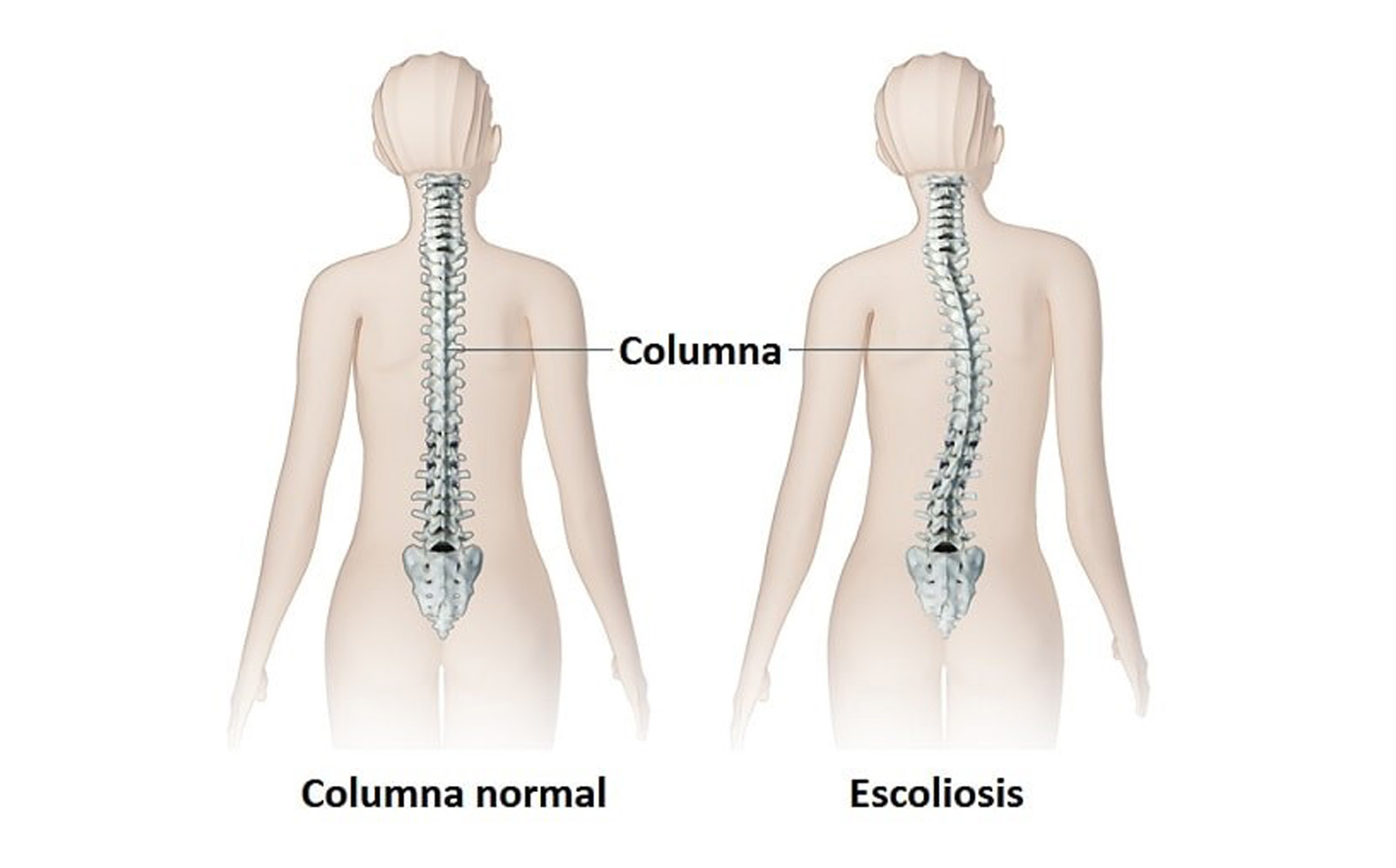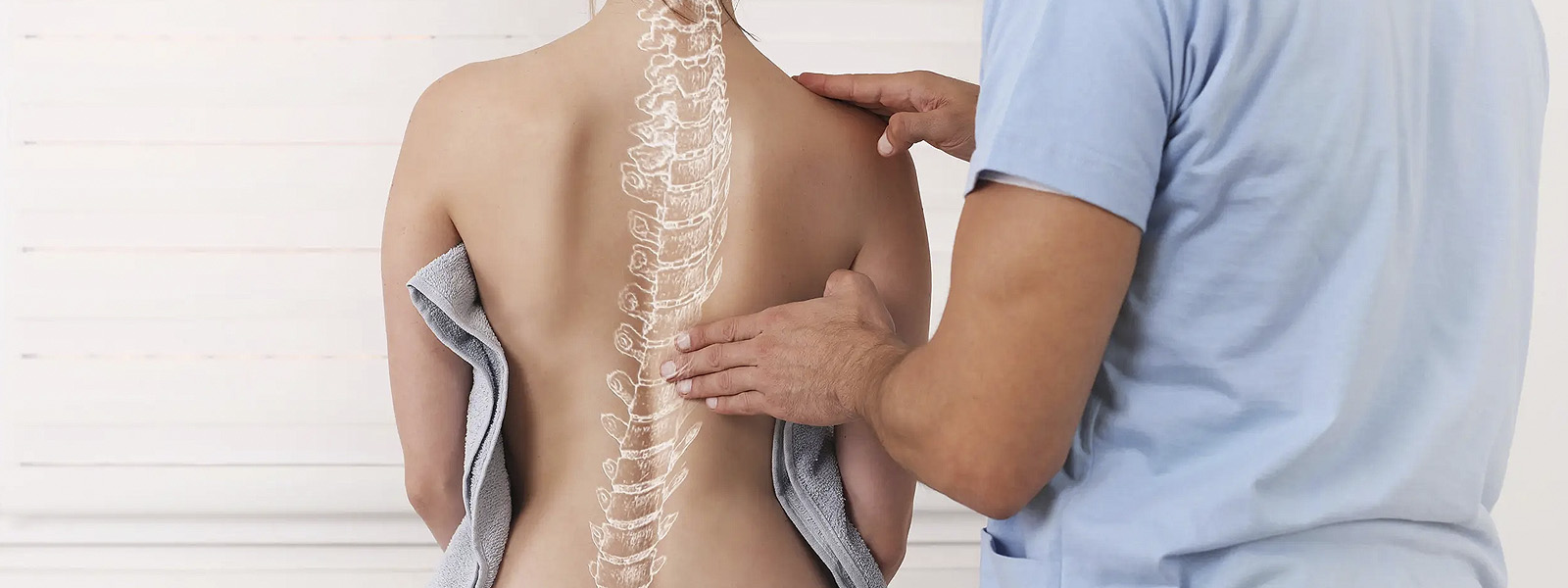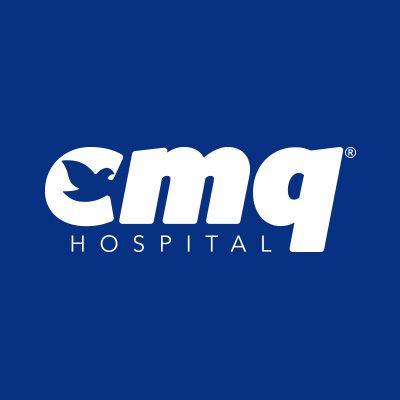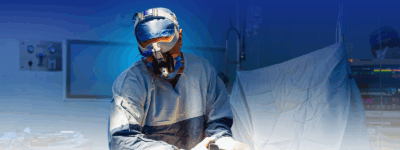Scoliosis: Expertise and Innovation at Hospital CMQ
Managing Scoliosis: Expert Care from Spine Specialists at Hospital CMQ
Scoliosis is a complex medical condition characterized by an abnormal lateral curvature of the spine, often resembling an “S” or “C” shape. In fact, this condition affects approximately 2-3% of the population in the United States, translating to an estimated 6-9 million people. Also, is most commonly diagnosed in children and adolescents. Scoliosis can significantly impact the quality of life, causing discomfort, and pain, and sometimes leading to more severe health issues if left untreated.
At Hospital CMQ, our Department of Spine Surgery is dedicated to providing comprehensive and advanced care for patients with scoliosis. Moreover, our team of experts uses state-of-the-art technology and innovative treatment methods to improve patient outcomes and enhance overall well-being. In this article, we will explore the different aspects of this spine condition, including its types, symptoms, and treatment options. So, whether you are seeking information for yourself or a loved one, our goal is to offer valuable knowledge and support throughout your journey.
What is Scoliosis?, Understanding the Basics
Scoliosis is a medical condition in which the spine curves abnormally to the sides. It can adopt an “S” or “C” shape. This deformity can develop in different areas of the spine, such as the thoracic region (upper and middle back) or the lumbar region (lower back). Similarly, scoliosis can range from a mild curvature to a severe deformity that can affect posture, appearance, and, in severe cases, pulmonary and cardiovascular function.

Source: Familia y Salud
Types of Scoliosis
Scoliosis can be categorized into several types based on the cause, age of onset, and specific characteristics of the spinal curvature. Understanding the different types of scoliosis is crucial for accurate diagnosis and appropriate treatment. Here are the main types:
- Idiopathic Scoliosis: Idiopathic scoliosis is the most common type, accounting for about 80% of all scoliosis cases. The term “idiopathic” means that the exact cause is unknown.
- Congenital Scoliosis: Present at birth and results from abnormal development of the spine during fetal growth. These anomalies can cause the spine to curve as the child grows. This type can vary in severity and requires monitoring and surgical intervention as the child grows.
- Neuromuscular Scoliosis: This type of scoliosis is associated with neurological or muscular conditions that affect the muscles supporting the spine. The curvature tends to be more severe and may progress rapidly, often requiring surgical treatment.
- Degenerative Scoliosis: Also known as adult-onset scoliosis, occurs in older adults due to the degeneration of the spinal discs and joints. This type of scoliosis is often associated with arthritis and osteoporosis.
Understanding the type of scoliosis is essential for developing an effective treatment plan. At Hospital CMQ, our team of spine specialists has experience in diagnosing and treating all forms of scoliosis, providing personalized care to improve our patients’ spinal health and overall quality of life.
Meet Our Spine Specialists at Hospital CMQ
At Hospital CMQ, we have a team of highly qualified spine specialists dedicated to providing first-class treatment to our patients. Our spine specialists, Dr. Gustavo Navarro and Dr. Oscar Morales work together to deliver top-tier care for patients with scoliosis and other spinal conditions.
With extensive experience in treating spinal disorders, Dr. Navarro is recognized for his expertise in both non-surgical and surgical interventions for scoliosis. He takes the time to understand each patient’s unique needs and concerns, providing personalized treatment plans that prioritize their health and quality of life. Likewise, Dr. Morales specializes in the diagnosis and treatment of a wide range of spinal disorders, with a particular focus on scoliosis. He is adept at performing both conservative treatments and surgical interventions, including spinal fusion, deformity correction, and minimally invasive spine surgery.
Recognizing the Signs and Symptoms
Symptoms of scoliosis can vary depending on the severity of the curvature and may include:
- Shoulder asymmetry: One shoulder is higher than the other.
- Waist misalignment: One side is more prominent.
- Pelvic imbalance.
- Back pain.
- Difficulty breathing, in case of a curvature that affects lung capacity.
Furthermore, a physical exam and imaging tests such as X-rays are necessary to diagnose scoliosis. These allow our experts to visualize your spine and distinguish the curvature. In addition, an MRI or CT scan may be required to obtain a more detailed image of the curvature of your spine.
Defining Scoliosis: Causes and Effects
Our experts mention that this medical condition can develop for a variety of reasons, although in many cases the exact cause is unknown. Among the causes include:
- Genetic factors: scoliosis is hereditary.
- Congenital malformations: malformations of the spine at birth.
- Neurological conditions: cerebral palsy or muscular dystrophy.
- Sex: women are more likely to have spinal curvature deformities.
- Rapid growth during adolescence
Understanding these causes and risk factors is crucial for early diagnosis and effective treatment.
From Observation to Surgery: Treatment Options at Hospital CMQ
According to our spine experts, Dr. Navarro and Dr. Morales, the treatment of scoliosis will depend on the severity of the curvature and the symptoms of each patient. Therefore, the specialists tell us that a comprehensive treatment may include:
- Regular Doctor’s Visit: Ideal for mild curves, regular observation, and follow-up to monitor any changes.
- Physiotherapy: Experts also recommend specific exercises that can help strengthen the back muscles and improve posture.
- Surgery: In severe cases, surgery may be necessary to correct the curvature and stabilize the spine.
At Hospital CMQ, our team of specialists offers personalized, state-of-the-art treatments to address scoliosis and improve our patient’s quality of life. Schedule your appointment today by calling 322 226 6500 and 329 298 0717!
Scoliosis Surgery: Innovative Minimally Invasive Technique at Hospital CMQ
At Hospital CMQ, we are committed to providing our patients with the most advanced and effective treatments. One of the cutting-edge techniques we offer is minimally invasive scoliosis surgery, which has revolutionized the way we approach spinal correction and patient recovery.
Minimally invasive surgery involves using smaller incisions and specialized surgical instruments to correct the spinal curvature. Unlike traditional open surgery, this technique minimizes damage to the surrounding muscles and tissues, leading to faster recovery times and reduced postoperative pain. At Hospital CMQ, our team of spine specialists, including Dr. Gustavo Navarro and Dr. Oscar Morales, are leaders in minimally invasive spine surgery. Their extensive training and experience ensure that each patient receives the highest standard of care.
Managing Daily Life with Scoliosis: Tips and Strategies
Living with scoliosis does not mean giving up a healthy lifestyle. Maintaining an active way of life and exercising can be very beneficial for people with this condition. Equally, it is essential to follow a balanced diet that provides the nutrients needed to maintain an optimal muscle percentage.
Exercises such as yoga, swimming, and pilates are highly recommended, as they promote body alignment and strength without compromising the spine. If you suffer from scoliosis or know someone with this condition, come to our hospitals to receive a medical evaluation and appropriate treatment. At Hospital CMQ, our specialists can help you with a personalized program that will give you the tools to lead a healthy lifestyle and cope effectively.
Frequently Asked Questions About Scoliosis
Scoliosis is a medical condition in which the spine curves abnormally. The causes can be genetic, birth-related, and age-related.
Symptoms may include noticeable asymmetry such as one shoulder or hip higher than the other, back pain, and in severe cases, respiratory problems.
Typically, is diagnosed during childhood or adolescence, usually between the ages of 10 and 15. However, it can also be diagnosed in adults as a result of degenerative conditions of the spine.
No. However, maintaining good health, proper posture and exercise can help keep the spine strong and flexible.
Depending on the severity of the curve, scoliosis can affect daily life in different ways. People with scoliosis may suffer from back pain, muscle fatigue, and difficulty performing certain physical activities.






